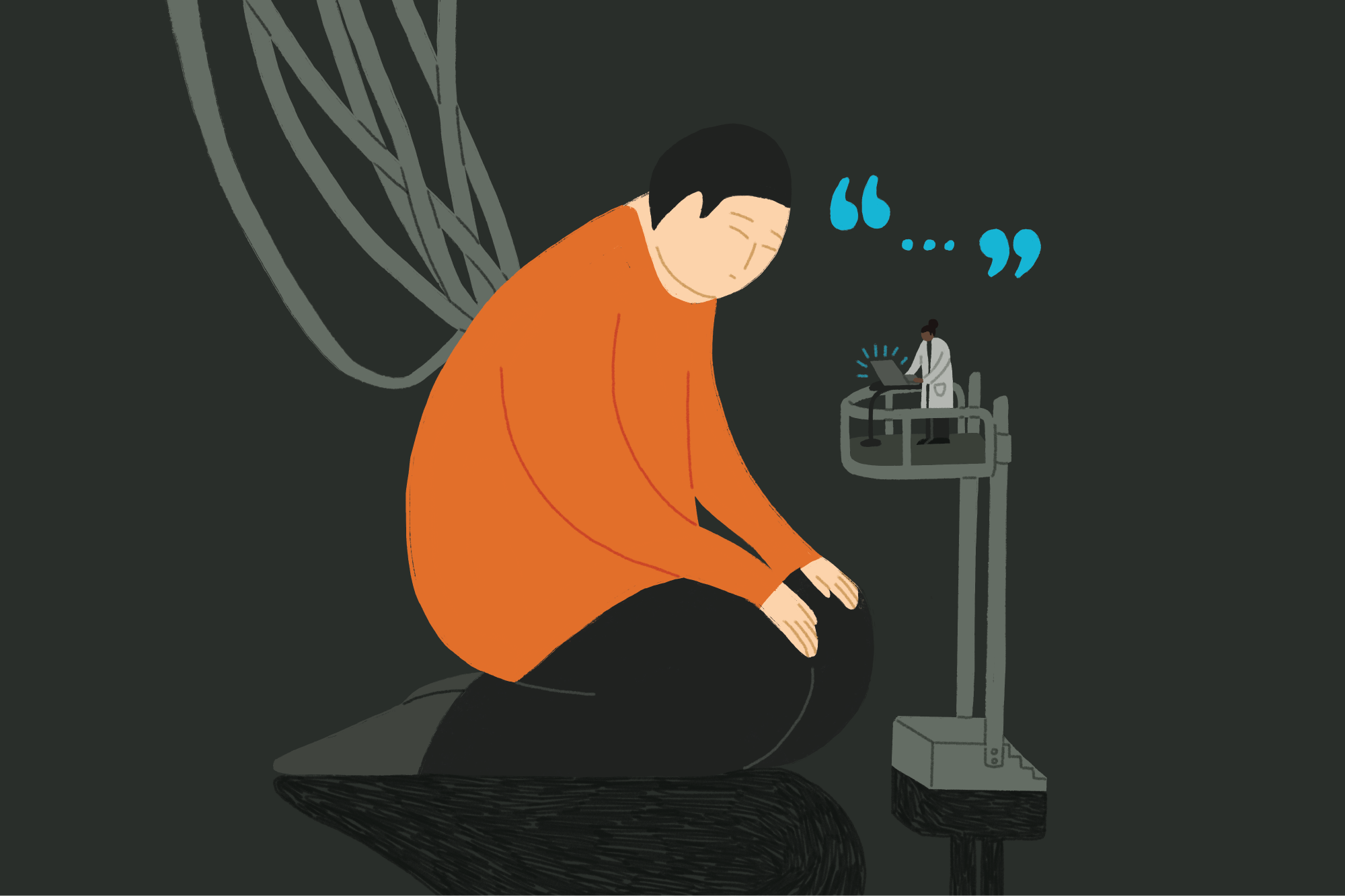

Bringing Data to Life: Personas
source link: https://www.akendi.com/blog/bringing-data-to-life-personas/?amp%3Butm_medium=rss&%3Butm_campaign=bringing-data-to-life-personas
Go to the source link to view the article. You can view the picture content, updated content and better typesetting reading experience. If the link is broken, please click the button below to view the snapshot at that time.

Posted on: 11 January 2023

Bringing Data to Life: Personas
Personas are models. They are not real people. They are aggregations of data interpreted to help you make design decisions that will improve experiences for real people. For this reason, you need to recognize they are not real people, but at the same time, when you are making design decisions, treat them as real people. Or at least as a stand-in for real people, as odd as that may seem.
Additional things to know about personas:
- They scale to the level of the system you are investigating. For this reason, corporate personas can be different from (though related to) product personas in the same business.
- The data that drives the personas will change so they will need to get updated over time as people and context change. A common mistake is to make them overly detailed. While some level of detail brings them to life, often many characteristics are included that are not helpful in design-making decisions.
- Related to the last point; simply filling in a persona template is not creating a meaningful persona. It’s a start, but personas need to be based on data.
- A surprisingly powerful trick is to ensure your persona has a quote associated with it. The quote will often provide a quick and easy connection to an attitude and/or key piece of context that drives design decision-making.
Over the past twenty-five years, Scott has worked in the areas of business strategy, product design and development in the high tech sector with a specialization in experience design. He has extensive cross-sector expertise and experience working with clients in complex regulated industries such as aviation, telecom, health, and finance. His primary area of focus over the last several years has been in product and service strategy and the integration of multi-disciplinary teams and methods.
Scott has a master’s degree in Theoretical Physics from Queen’s University.
Share this article
Recommend
About Joyk
Aggregate valuable and interesting links.
Joyk means Joy of geeK